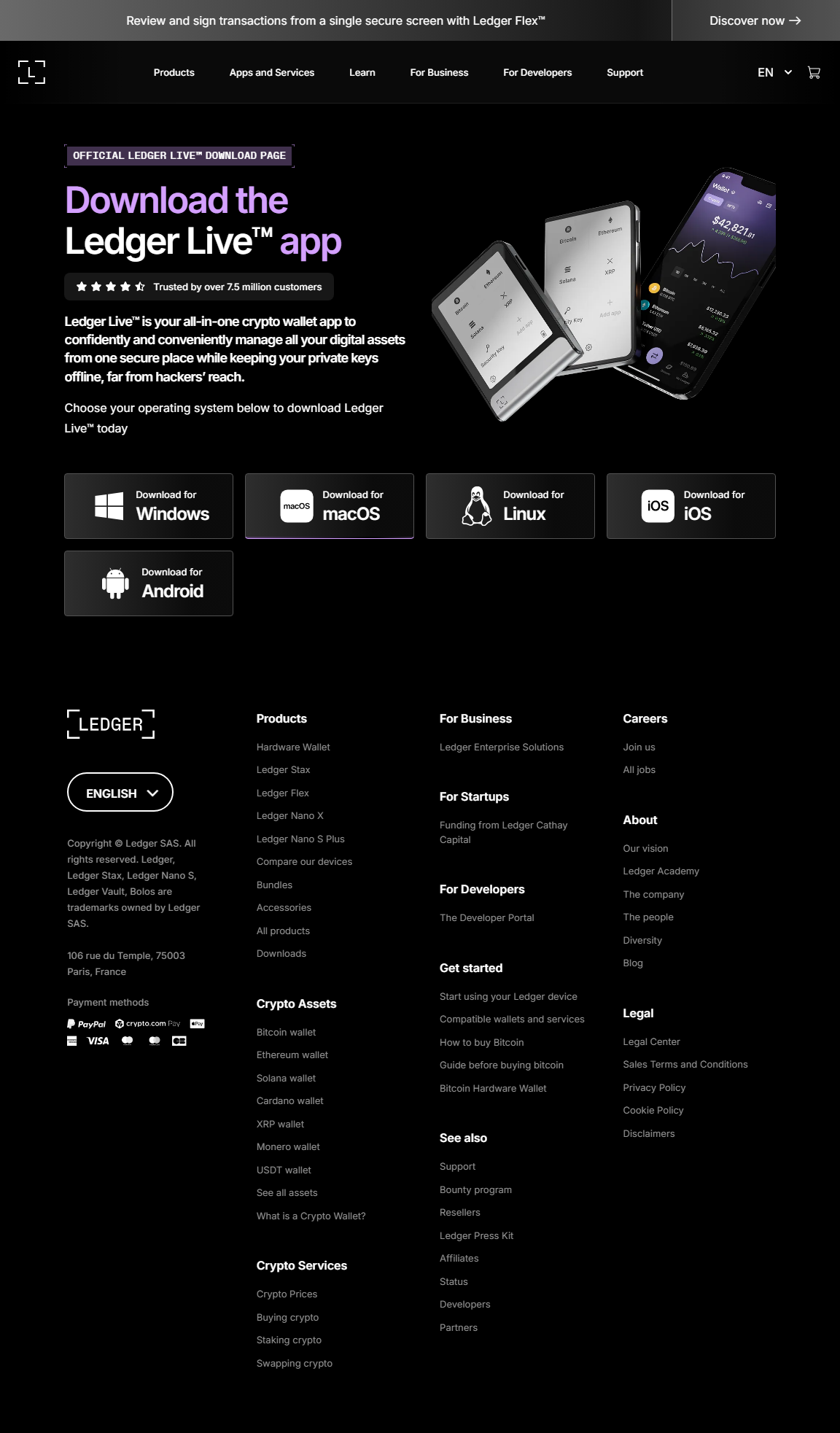Ledger Login: Safely Access Your Crypto Universe
Learn how to securely log in, manage, and protect your crypto assets with Ledger, whether you’re a beginner or a growing crypto enthusiast.
What is Ledger Login and Why It Matters
Ledger Login is the secure method of accessing your Ledger hardware wallet through Ledger Live or other approved interfaces. Unlike typical software logins that rely on usernames and passwords, Ledger Login combines device verification, PIN entry, and physical confirmation on your Ledger device to ensure maximum security.
For newcomers, Ledger Login may seem complicated, but it’s designed to protect your digital assets from phishing, hacks, and malware. Mid-level users will appreciate the control and oversight it provides over multiple accounts, staking, and DeFi interactions.
The Security Advantages of Ledger Login
1. Physical Confirmation for Transactions
Every time you log in or approve a transaction, you must confirm the action on your Ledger device. This physical step prevents unauthorized access—even if someone knows your PIN or computer password.
2. Offline Key Storage
Your private keys never leave the Ledger hardware wallet. Ledger Login is essentially a secure handshake between Ledger Live and your device, keeping sensitive information off the internet.
3. Protection Against Phishing
Since actions require device confirmation, malicious websites or emails cannot trick you into approving transactions, making Ledger Login highly phishing-resistant.
Step-by-Step: How to Perform a Ledger Login
Step 1: Install Ledger Live
Download Ledger Live from the official Ledger website and follow installation instructions. Always verify the authenticity of the installer to prevent malware interference.
Step 2: Connect Your Ledger Device
Plug in your Ledger Nano S, Nano X, or other supported device. Enter your PIN to unlock it.
Step 3: Open Ledger Live and Initiate Login
Launch Ledger Live and select your account. The app will request device confirmation for login—this is Ledger Login in action.
Step 4: Confirm on Device
Physically approve the login request on your Ledger. Without this confirmation, Ledger Live will not grant access.
Step 5: Access Your Crypto Dashboard
Once confirmed, you can manage your accounts, send/receive crypto, stake, or interact with DeFi protocols safely.
Ledger Login vs Traditional Wallet Logins
| Feature | Ledger Login | Software Wallet Login | Exchange Login |
|---|---|---|---|
| Private Key Security | Stored offline | Stored on device | Managed by exchange |
| Two-Factor Authentication | Physical device confirmation | Optional app-based | SMS/email-based |
| Ease of Access | Moderate | Easy | Very easy |
| Vulnerability to Hacks | Very low | Medium | High |
Troubleshooting Ledger Login
- Device Not Detected: Check cable connection and update Ledger firmware.
- PIN Issues: Use recovery phrase to reset the device.
- Ledger Live Freezes: Restart the app and device; reinstall if necessary.
- Login Errors: Ensure Ledger Live is up-to-date and connected to the correct network.
Ledger Login Best Practices
- Confirm all login and transaction requests on the physical device.
- Never share your recovery phrase or PIN with anyone.
- Enable device passcodes and biometric security on mobile Ledger Live.
- Keep Ledger Live updated and only download from official sources.
- Regularly review your connected accounts and active sessions.
Conclusion
Ledger Login is the gateway to a safe and reliable crypto experience. By combining physical device verification, offline key storage, and Ledger Live integration, it ensures that your crypto remains secure while allowing flexible management. From beginners to mid-level users, mastering Ledger Login is the first step toward confident and safe crypto handling.
Secure, simple, and robust—Ledger Login is your key to unlocking the world of cryptocurrency with peace of mind.
